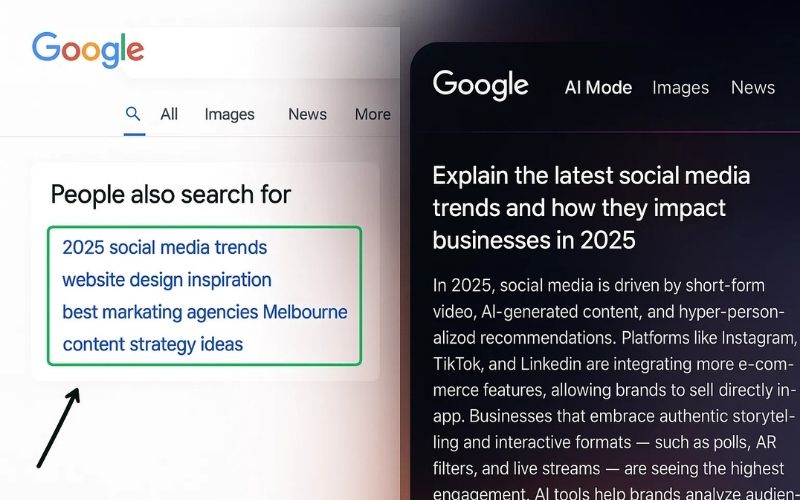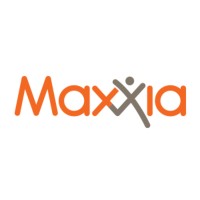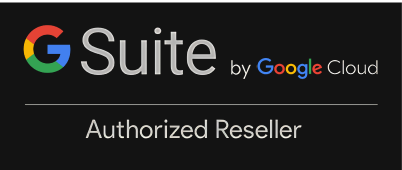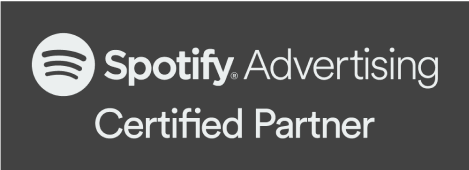How to Develop a Digital Marketing Strategy
An effective digital marketing strategy is essential to reach your business goals. When you have a solid plan, you can clearly define your starting point and determine what you want to achieve. Your digital marketing strategy need not be complicated. Here are a few basic pointers to get you started.
Set Your Objectives
It is important to set your objectives from the get go so you know what goals to focus on. If you spread your resources too thin, you may end up with mediocre results. The Smart Principle is a helpful technique in implementing a realistic plan.
Specific – Pinpoint a specified opportunity or target an area for improvement.
Measurable – Choose a quantitative or qualitative attribute that can be measured and develop key performance indicators to inform you if you are progressing towards your goals.
Actionable – Select goals that are achievable. Don’t choose goals that are too ambitious setting yourself up for failure.
Relevant – Decide on goals that will have a real impact on your business.
Time-bound – Your goals’ time frame should not be open ended. Set a reasonable target date or deadline.
Below are a few examples of good SMART objectives:
- Achieve 15% increase in ecommerce website traffic within a year.
- Grow the average online order to $50 per customer.
- Increase newsletter subscribers to 2,000 new sign-ups within a month.
Develop a Digital Marketing Calendar
Creating a digital marketing calendar makes it easier to organise and map out your current and future activities. Whether it be a week, a month, or a year, having a calendar helps you visualise the timing of your marketing strategies whether it be publishing blogs, social media posts, email blasts, online contests, discount promotions, etc. It helps you be more focused and efficient instead of simply thinking about and implementing ideas on the fly.
You can start your own calendar using a simple excel sheet. Another option is Google Calendar. It lets you share your events with your marketing team and each member can edit the activities for updates which makes planning more convenient.
Choose the Right Communications Channels
You need to keep up with the latest marketing platforms and decide which ones are relevant to your target market. Don’t waste your time on channels that will not help you generate qualified leads. Not all digital marketing communications tools will be right for your business.
Examples of important channels include:
Website
It would be wise to do some market research to know what keywords to use in your site depending on your target group. It’s critical to get ahead of your competition in search rankings using the keywords that resonate the most with your market.
Keep your website design simple to maintain engagement by using easy to understand words and captivating visuals. Convey your value proposition clearly and succinctly. This is key to a successful conversion.
Design a site that is easy to navigate and explore and make sure that every step they take has a clear direction that leads to a call-to-action page.
Social Media
This can be a powerful tool in developing rapport with your audience and building trust and thought leadership. It is one way to find a community of people interested in what you offer. Posting relevant content that is either originally created or curated from other sources shows your depth of understanding and should be an essential part of your marketing plan.
Email still has the best ROI although success would depend on the quality of your email database. Inviting your prospects to join your mailing list is a cost-effective way to gather potential leads. By nurturing these leads you can enhance the growth of your business through new sales and repeat customers.
Track and Measure Results
Analytics will take the guesswork out of all your marketing efforts. These metrics can help you determine whether content is gaining more traction, if the SEO strategy is working, or whether your leads are converting into sales.
Google Analytics is the most popular tool for this. Check audience behaviour to see how people are using your site and what content is most popular. Social Media sites such as Facebook, Twitter and LinkedIn also offer their own analytics that you can use to improve audience engagement. Take advantage of these free metrics and use them as a guide to tweak your marketing efforts, and ultimately improve your ROI.
Do you need help developing content? Contact us for a consultation – call 0418967352 or email [email protected].





















